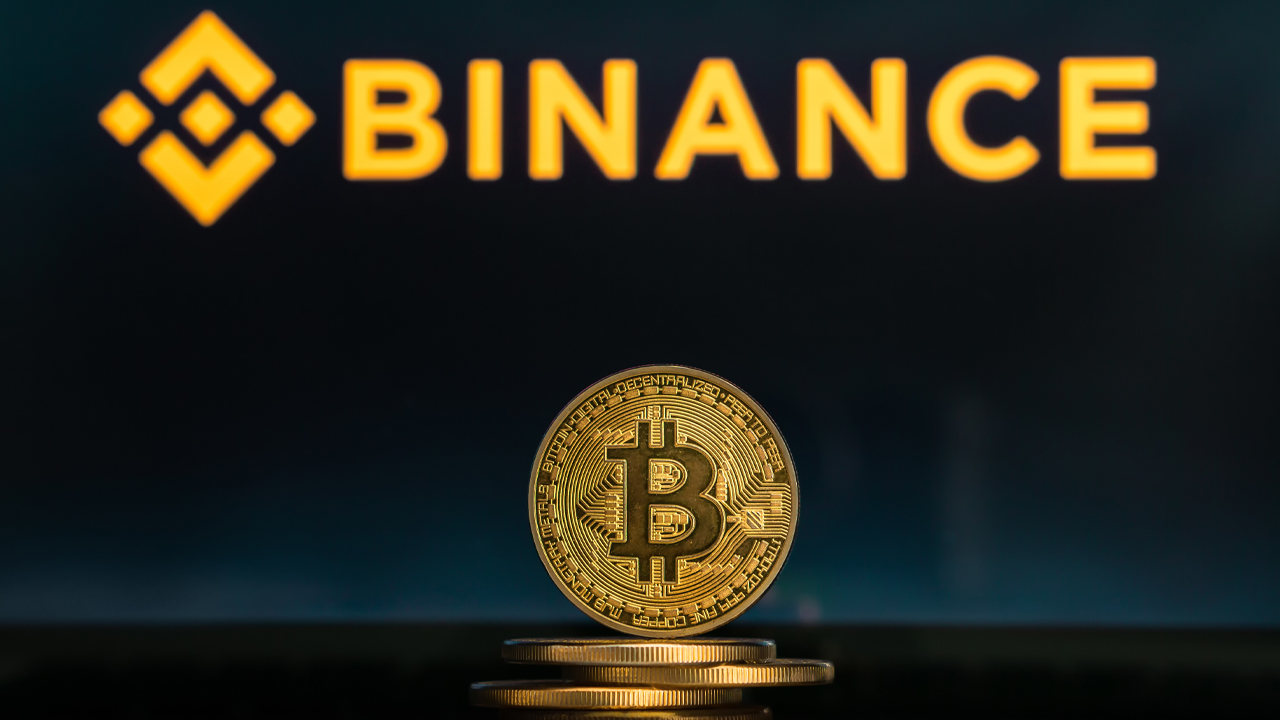
On Nov. 25, the largest cryptocurrency exchange in terms of daily trade volume, Binance, published its bitcoin proof-of-reserves (POR) system using The Merkle approach. At the time of writing, the snapshot provided by Binance shows the firm’s onchain reserves equate to 582,485 bitcoin, while the company’s customer net balance is roughly 575,742 bitcoin.
Binance’s Bitcoin Proof-of-Reserves Ratio Is Currently 101%
Binance has published the company’s proof-of-reserves system in regard to the bitcoin (BTC) cache the company holds. The POR feature is initially starting with Binance’s bitcoin holdings, but other “networks [are] being added in the next couple of weeks.” The news follows the recent FTX collapse and the crypto community insisting that centralized digital currency trading platforms prove their reserves. In addition to the crypto community, exchange executives like Kraken’s Jesse Powell also chimed in on the POR conversation.
Two days ago, Bitcoin.com News reported on Powell’s commentary about so-called POR lists that simply showcase digital currency addresses. Powell said these lists of addresses were not legitimate POR audits and he stressed that a true POR audit “requires cryptographic proof of client balances and wallet control.” Powell also shared a blog post written in 2014 called “Proving Your Bitcoin Reserves,” which discusses The Merkle approach. Basically, because exchanges use hundreds of addresses a Merkle Tree can be leveraged to consolidate all the data into a single hash, which then can be cryptographically verified by anyone.
Nic Carter’s proof-of-reserves list or “Wall of Fame,” lists centralized trading platforms that have submitted “full POR” audits. At the time of writing, there are five crypto platforms that have shared full PORs that feature The Merkle approach on the Wall of Fame. Three of them (Coinfloor, Gate.io, and HBTC), however, provided Merkle-based assessments in May 2020, May 2021, and August 2021. Kraken and Bitmex are up-to-date, as they shared Merkle-based assessments this month. On Friday, Binance’s CEO Changpeng Zhao (CZ) tweeted about the company sharing the firm’s POR.
A number of crypto supporters were pleased with Binance sharing the company’s POR. The whistleblower known as Fatman replied to CZ’s tweet. “This is amazing,” Fatman said. “Hope smaller exchanges quickly follow suit. Thanks for leading the way with this extremely important initiative. Having cryptographic proof of an exchange’s solvency is a serious game changer.”
Binance’s snapshot was recorded on Nov. 22, 2022, at 23:59 p.m. (UTC) and records show Binance’s onchain reserves equate to 582,485 BTC, while customer balances equate to 575,742 bitcoin. That gives Binance a reserve ratio of around 101% and the blog post has a section that says users can “click to verify” their BTC assets held on Binance. In order for users to be able to verify balances and transactions, they can log into Binance, and click the audit button in the wallet section. “You will be able to find your Merkle Leaf and Record ID within the page,” Binance explains.
Additionally, Binance has disclosed upcoming plans for the POR list which include:
- Launch the next batch of POR in the next two weeks, including additional assets
- Involve third-party auditors to audit PoR results
- Implement ZK-SNARKs for POR, improving privacy and robustness, and proving the total net balance (USD) of each user is non-negative
The ZK-SNARKs for PoR will allow for proof-of-reserves on Binance’s leverage services. “Because Binance offers margin and loans services, the audit results will show the Net Balance, Equity, and Debt of each user, where the Net Balance = Equity – Debt,” Binance’s blog post concludes. “As such, there will be individual users having negative asset balances. We are hence also working to implement ZK-SNARKs, which will be used to prove those users have enough other assets to cover the funds with collateral. This will prove that the total net balances (USD) of each user is non-negative.”
What do you think about Binance sharing the company’s POR tied to the exchange’s bitcoin holdings? Let us know what you think about this subject in the comments section below.
